Description
VW Golf Mk2 Hardcover book (fragment of text)
In 1974, Volkswagen introduced a new car that replaced the legendary Beetle. One that was radically different from its predecessor: emphatically angular instead of rounded; with an engine in front, not in the back; water-cooled instead of air; and front-wheel drive, not rear-wheel.
With the Golf, the company not only started a new era in its development, but also set guidelines for the future for the entire automotive industry. Like its incredibly successful predecessor, the Volkswagen Golf matched the mood of the time.
The 1970s were years of change, and despite the oil crisis, they inspired optimism and gave hope for the future. In many countries, this was a period of reforms that led to tangible economic growth and improved human well-being.
Demand for passenger cars also increased among families with average and even relatively low incomes, who had never before owned a car. For many of them, the Golf was their first car.
Sales volumes proved that Volkswagen had chosen the right development path. 31 months after entering the market, the 1 millionth Golf was sold.
In 1983, the final year for the first generation Golf, a total of about 7 million of the cars had been sold. And the success was consolidated by a new generation of the model.
Golf Mk 2 retained the recognizable features and styling created by the famous Italian designer Giorgetto Giugiaro. The main differences were slightly smoother shapes and significantly increased size, which made the car more comfortable and roomier.
Simultaneously with the start of serial production in June 1983, the Wolfsburg plant began operations in shop #54, which was specially built for the purpose. Robotic production of the Golf in the new assembly shop was the culmination of the rationalization process started in 1979 and the company’s response to Japanese expansion in Europe.
Using new control systems at various stages of production made it possible to produce a car in accordance with individual customer requirements, as well as to respond more flexibly to changes in market demand.
The 1980s were a period of expansion for the company, and the Golf Mk 2 played an important role in this process thanks to the model’s commercial success on the world market.
In September 1982, cooperation with the Spanish company SEAT began. By moving Polo production to Spain, the company gained additional capacity in Wolfsburg to expand Golf production.
As a result, having sold almost 760,000 cars and increased sales by 24%, Volkswagen ranked first in sales in Europe in 1985. An adjustable catalytic converter, ABS, the first power steering in the class, and the Syncro all-wheel drive system appeared on the Golf Mk 2 model.
In addition, Volkswagen introduced a prototype electric Golf and a hybrid version in 1989. In 1985, the first new generation Jetta sedans went to the United States.
The model went on to become the German manufacturer’s most successful car in the American market in subsequent years. In June 1988, 14 years after its debut, the Golf crossed the landmark milestone of 10 million cars. By the summer of 1991, a total of 6.3 million second-generation cars had been produced.
Read the continuation of VW Golf Mk2 story in the book.
Other books about history of Volkswagen:

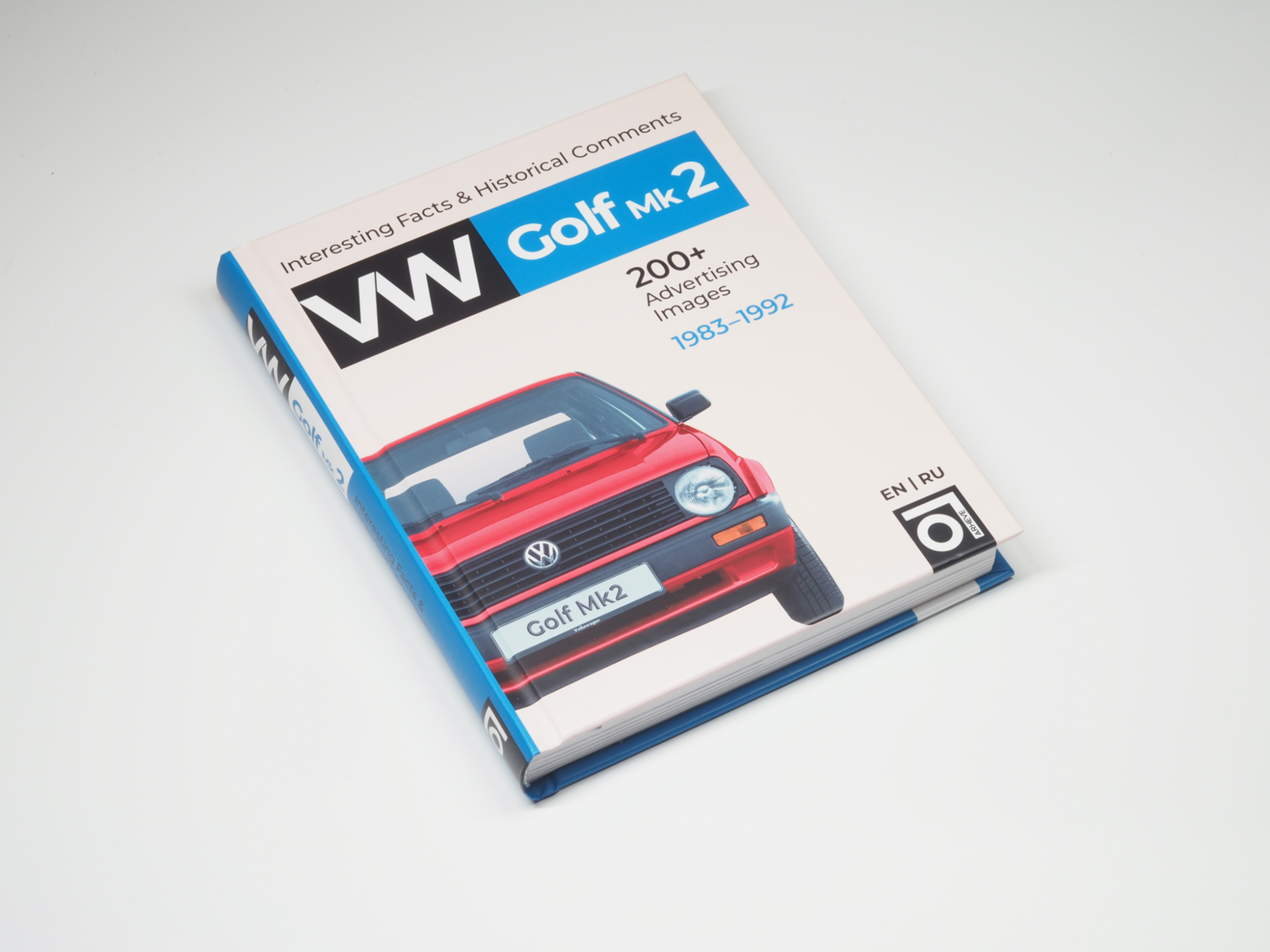
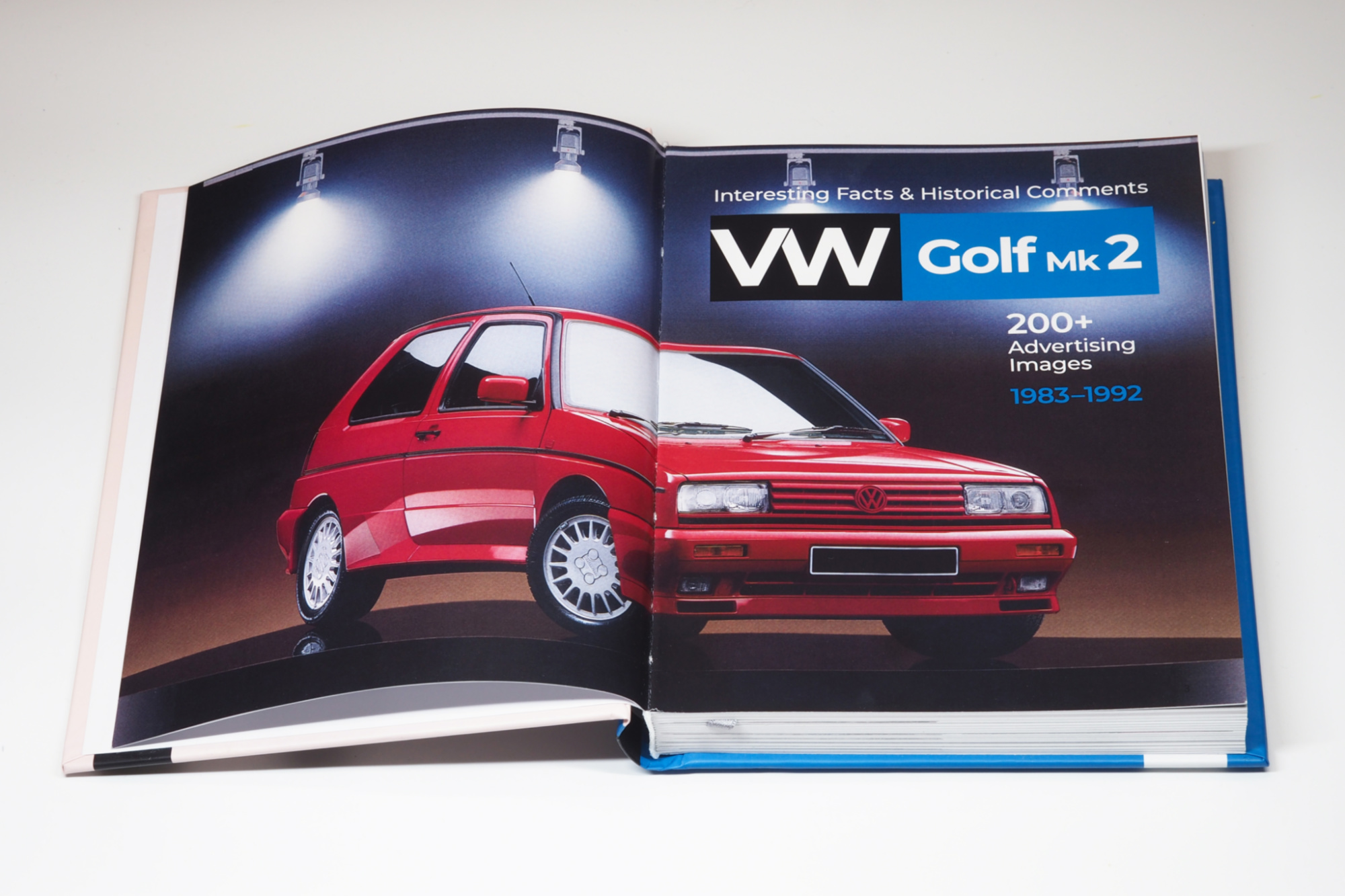
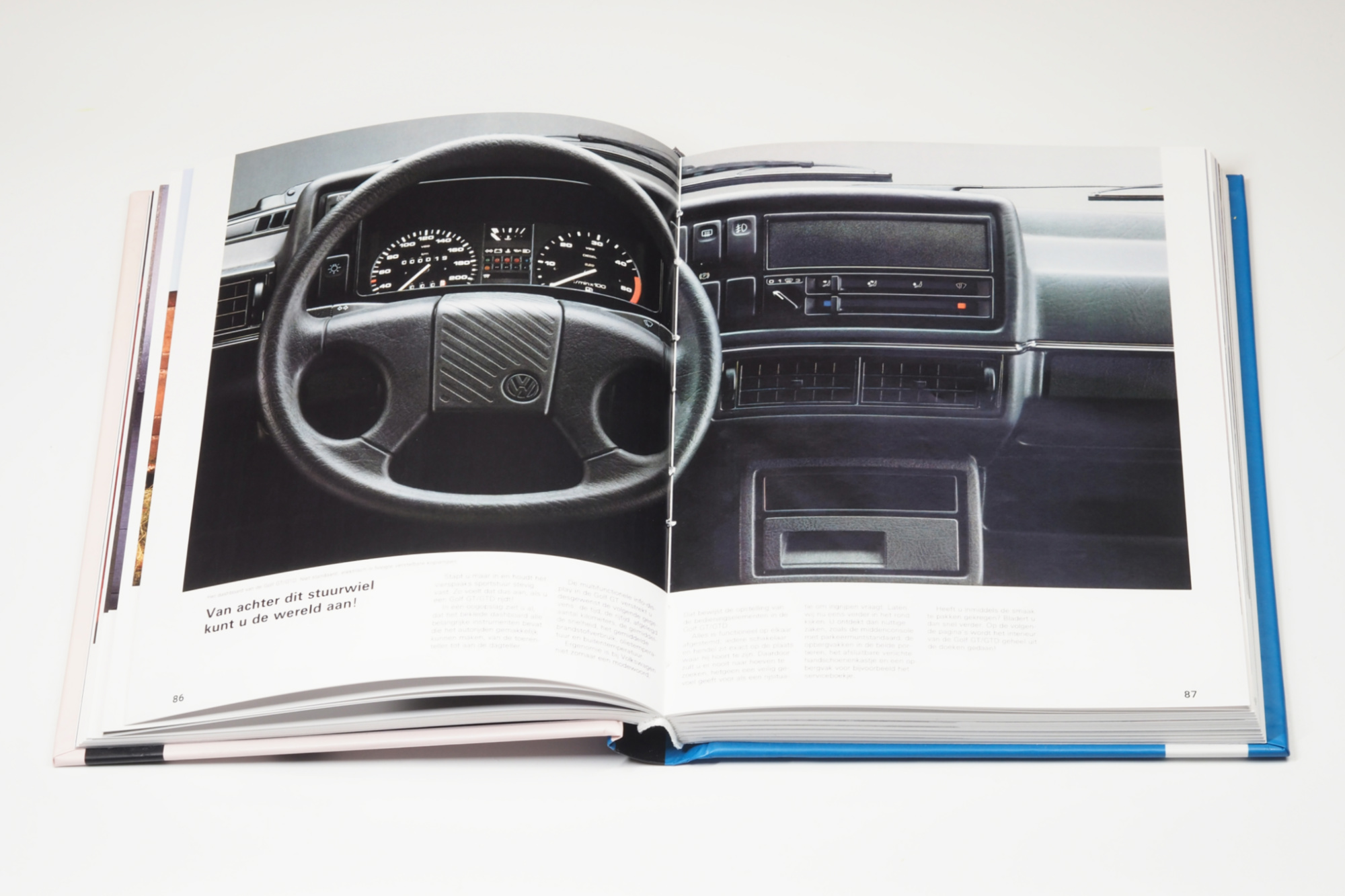


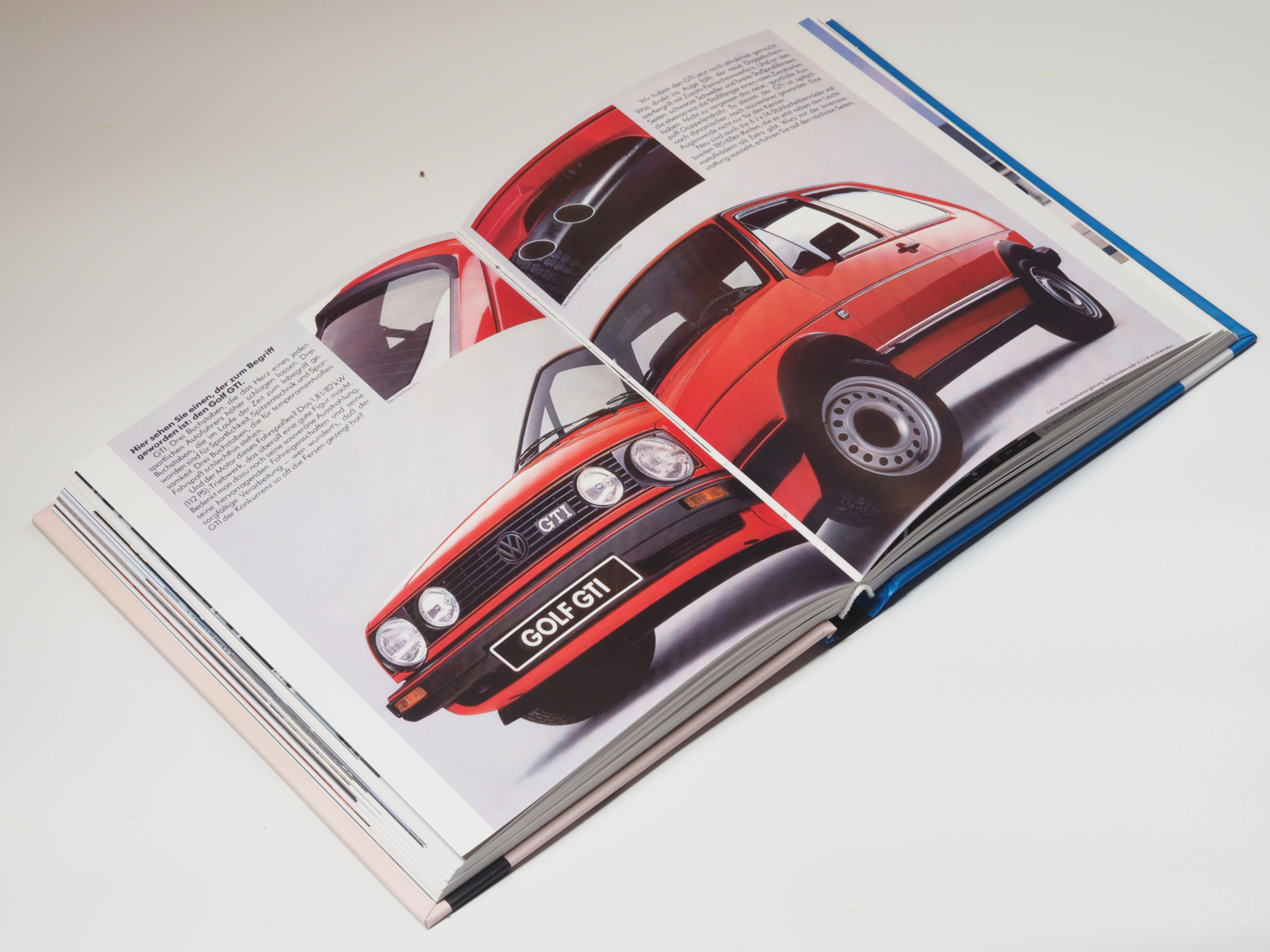
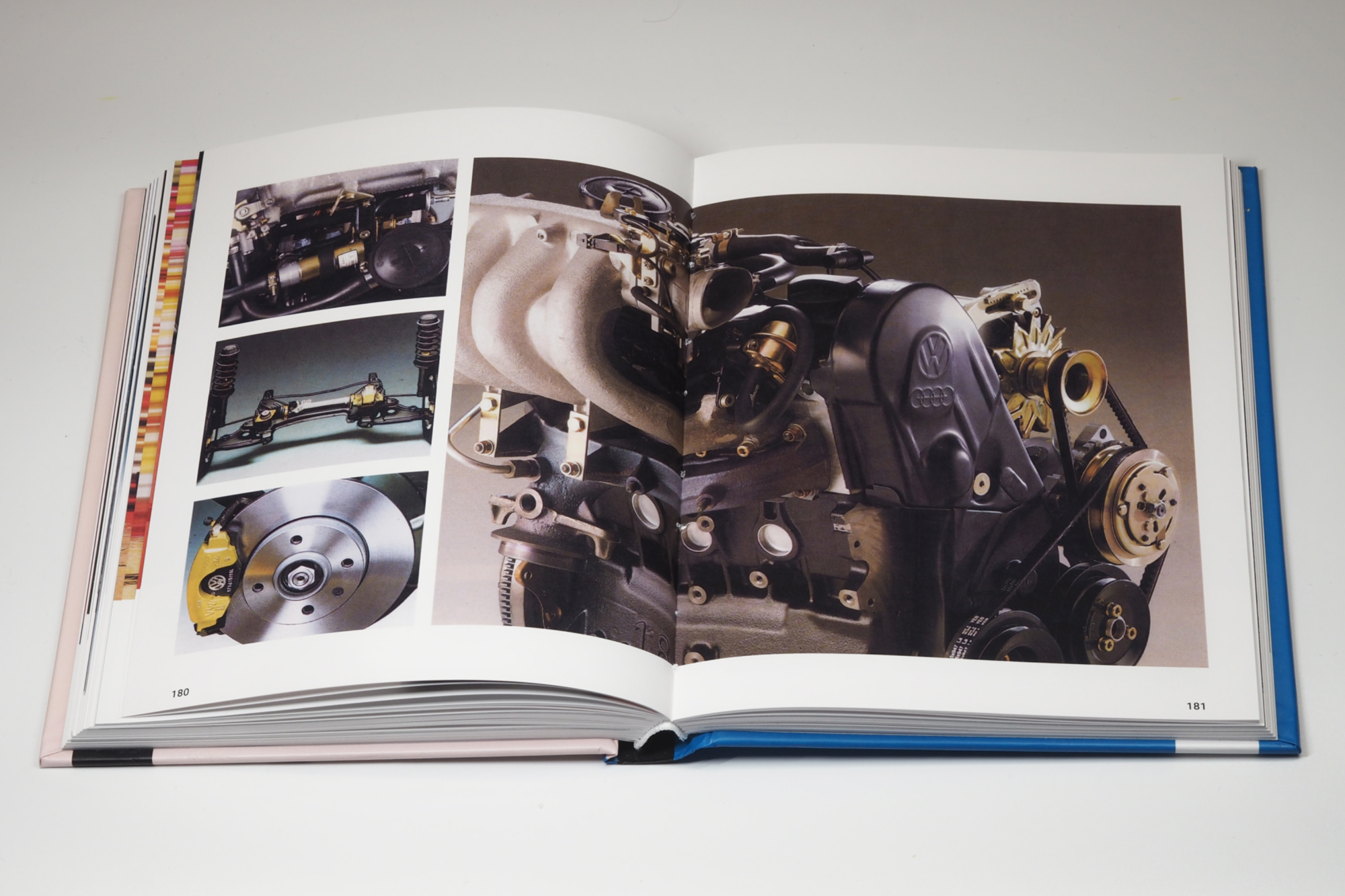

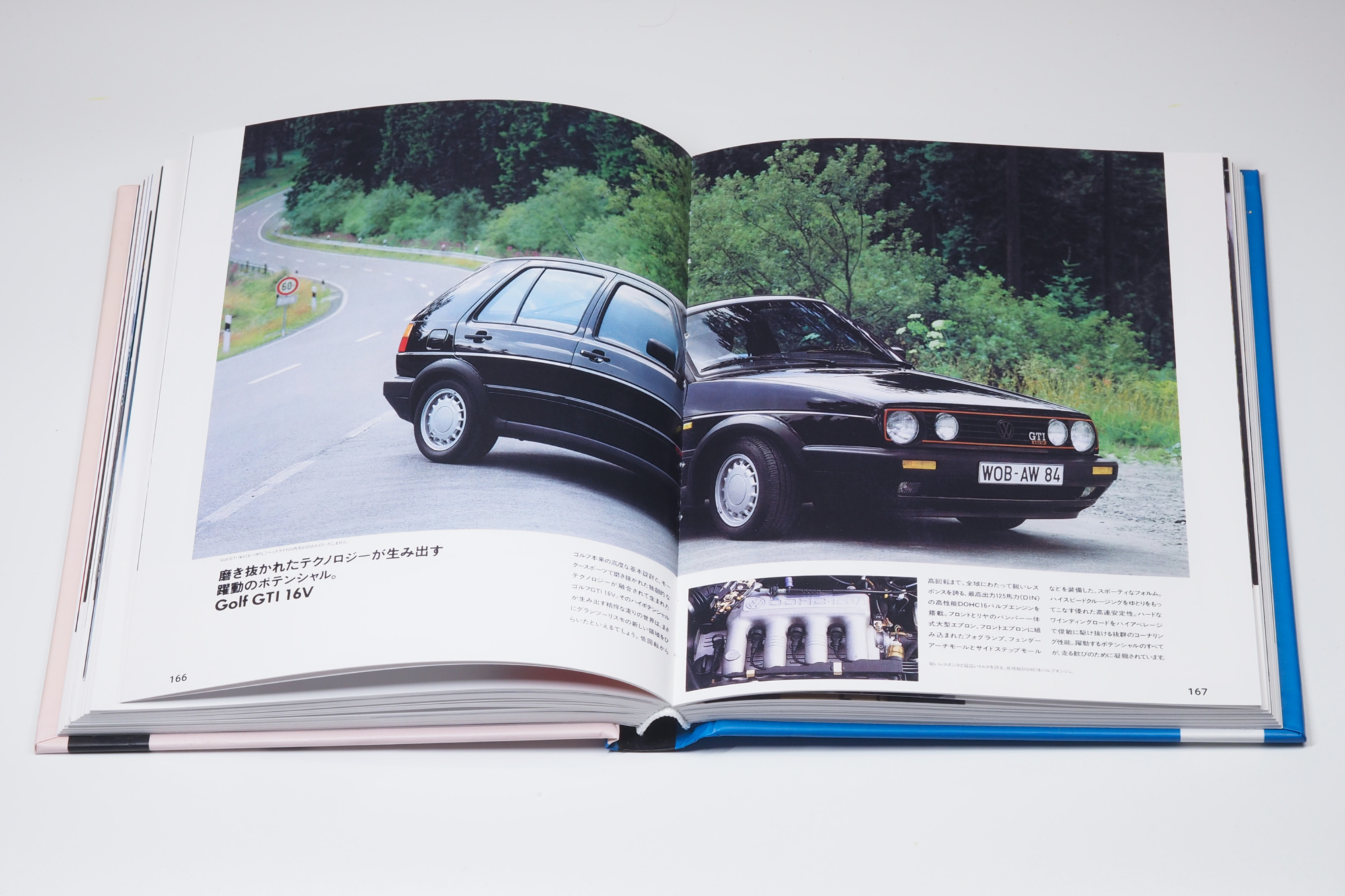
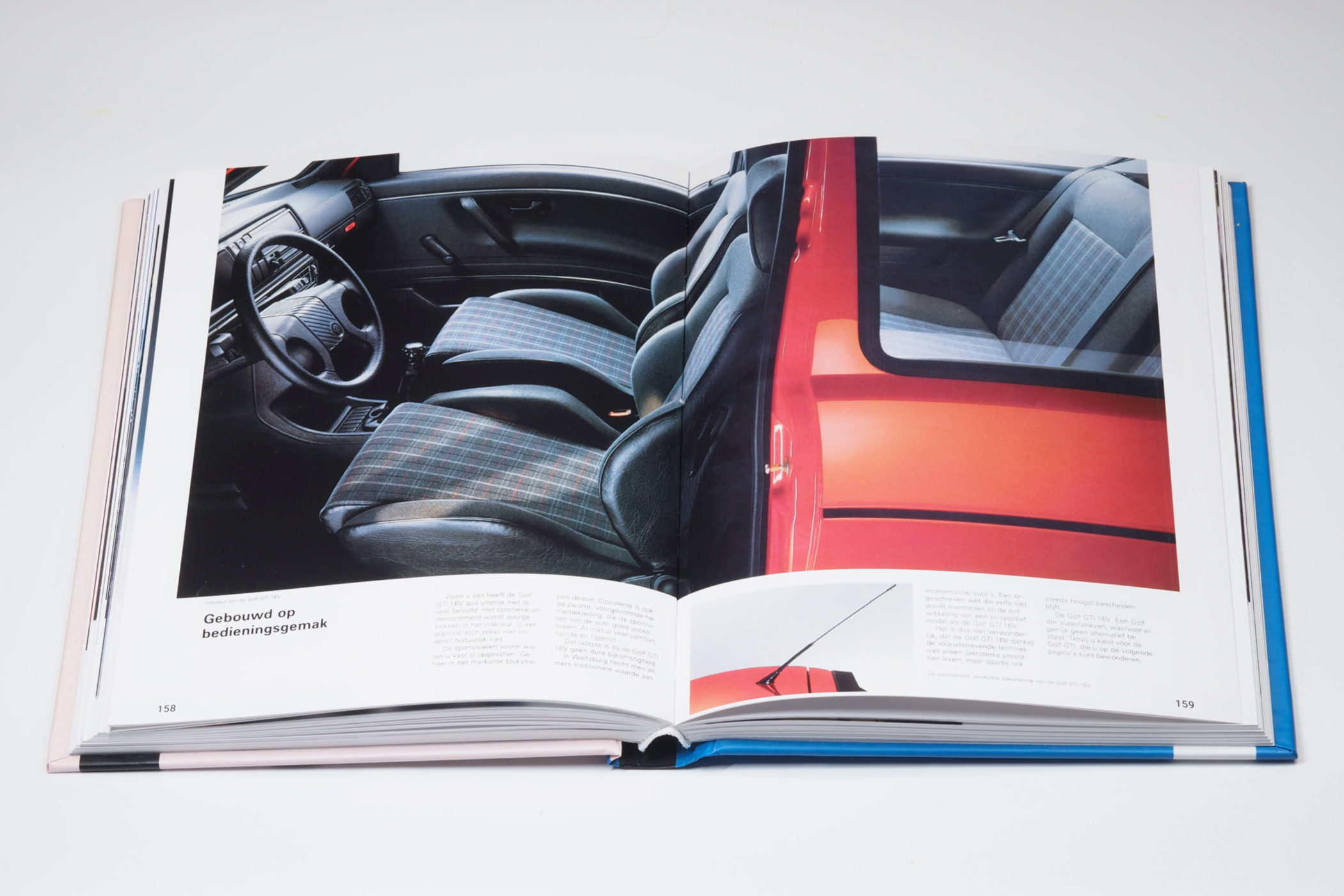
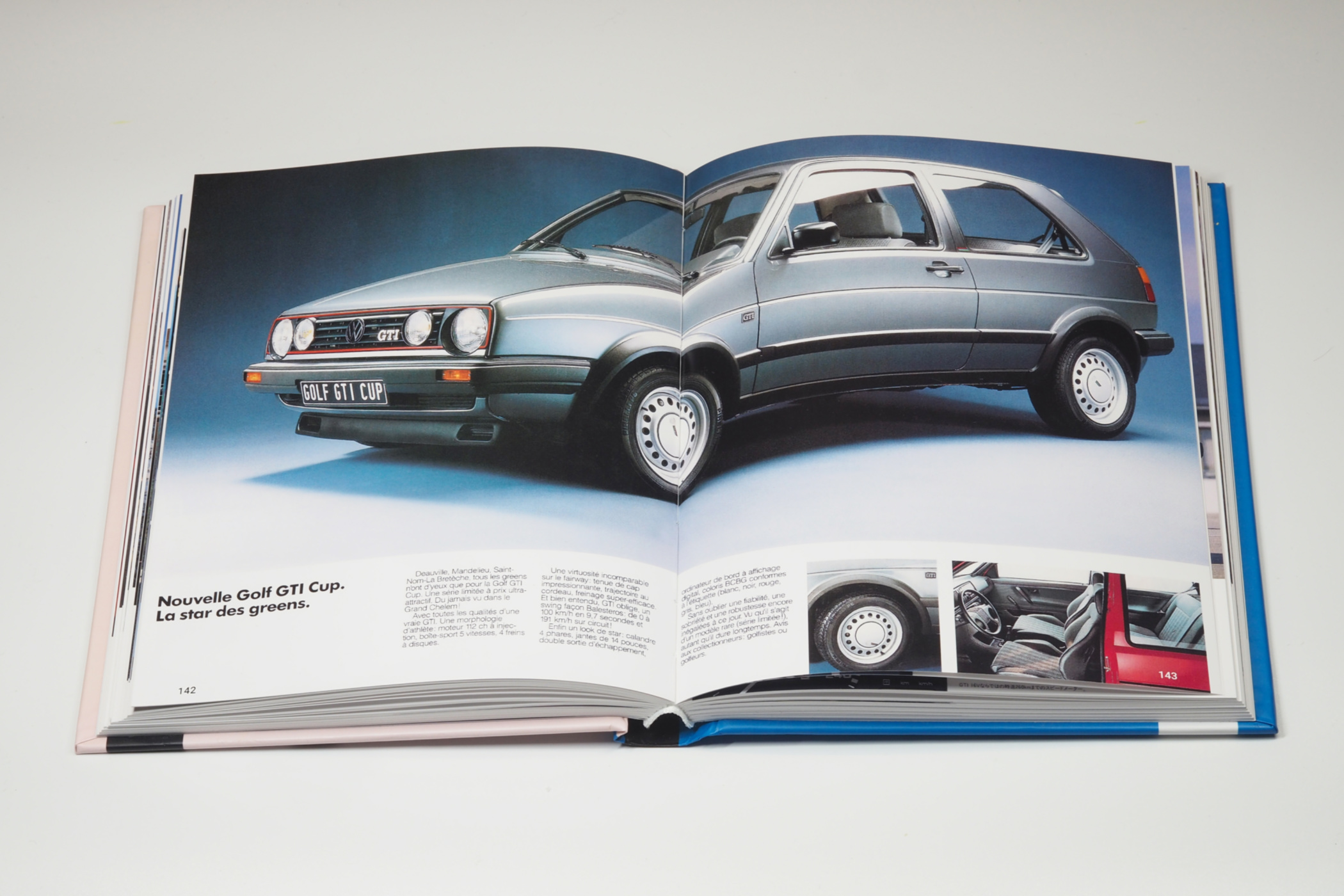





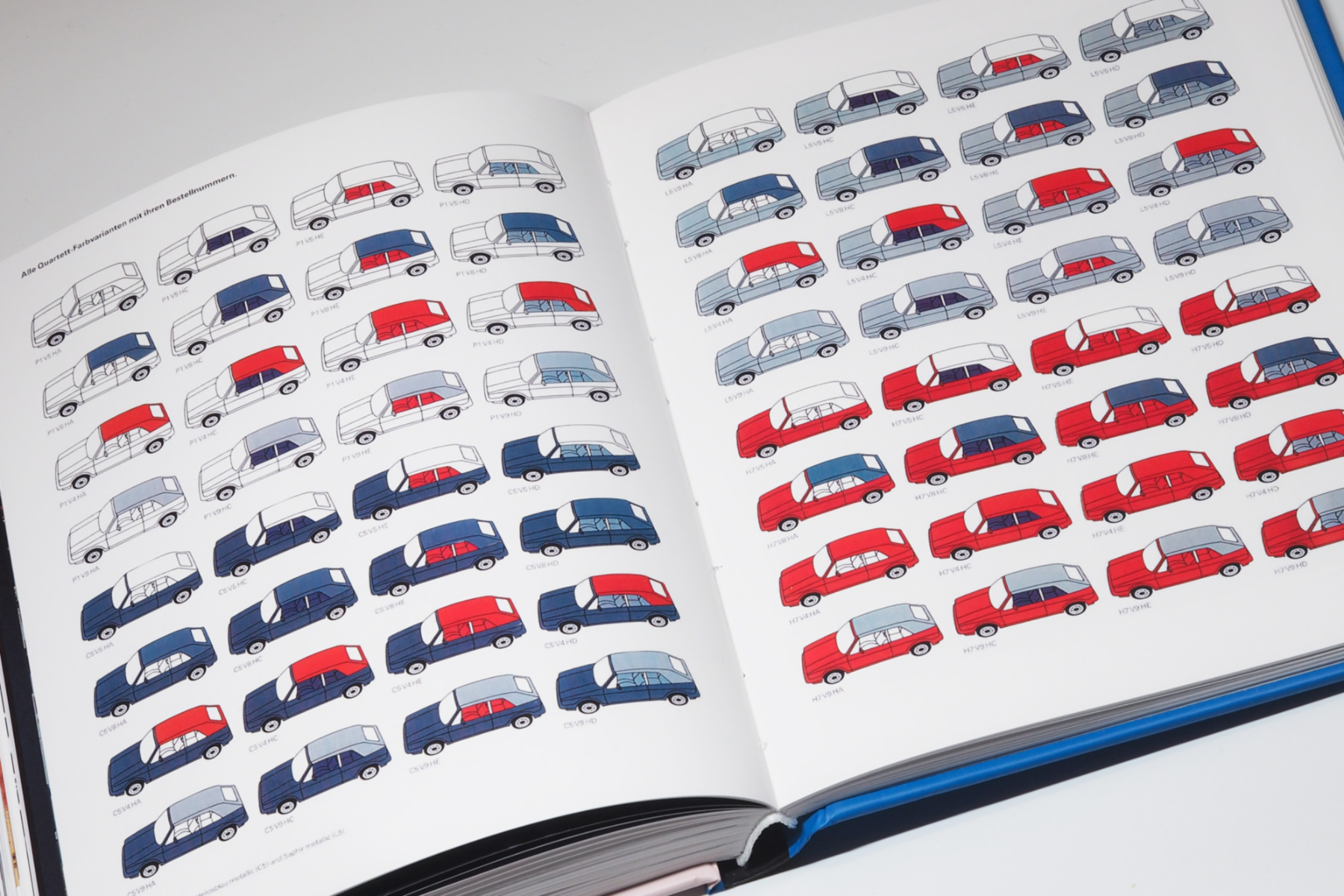











Reviews
There are no reviews yet.